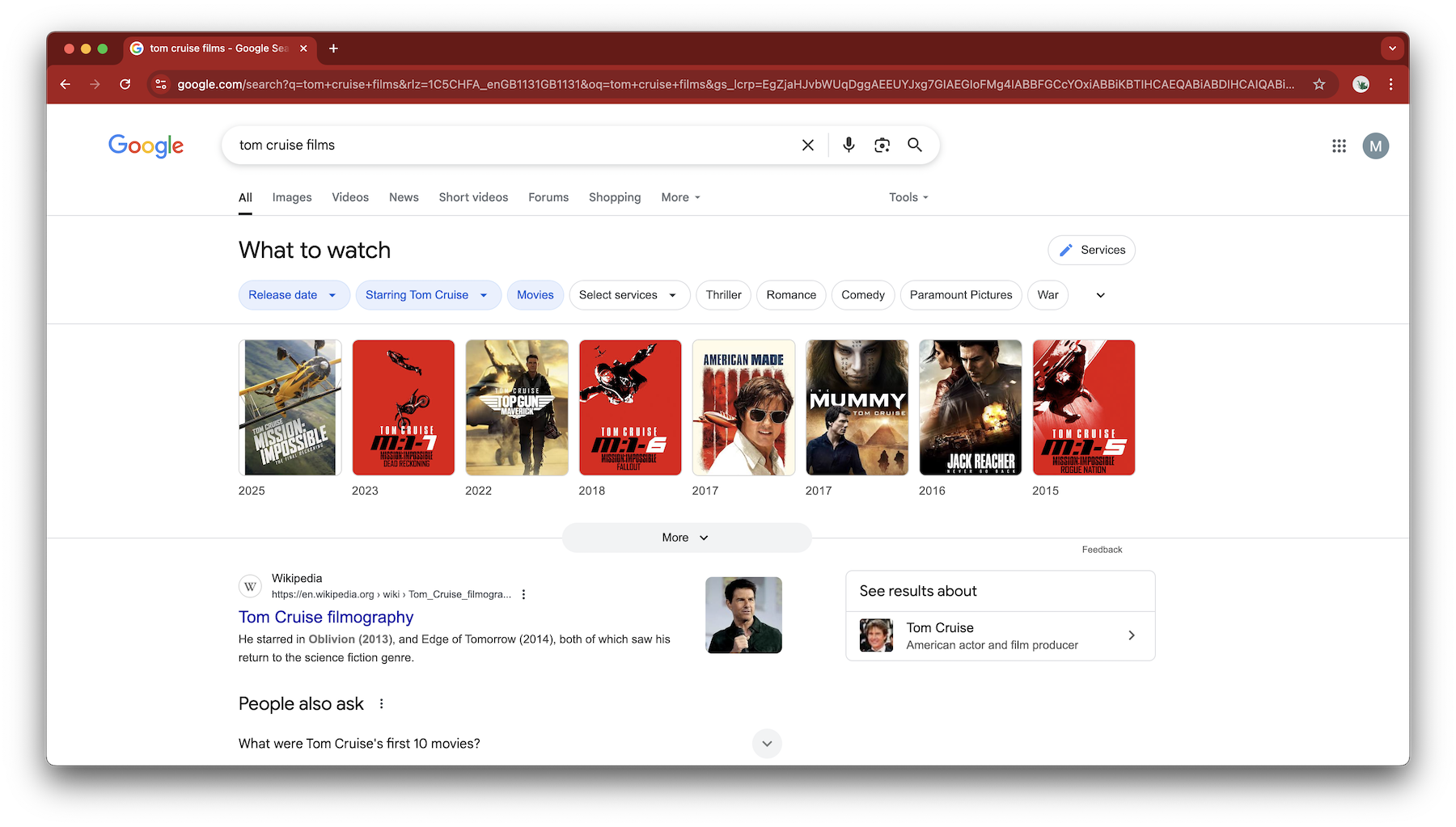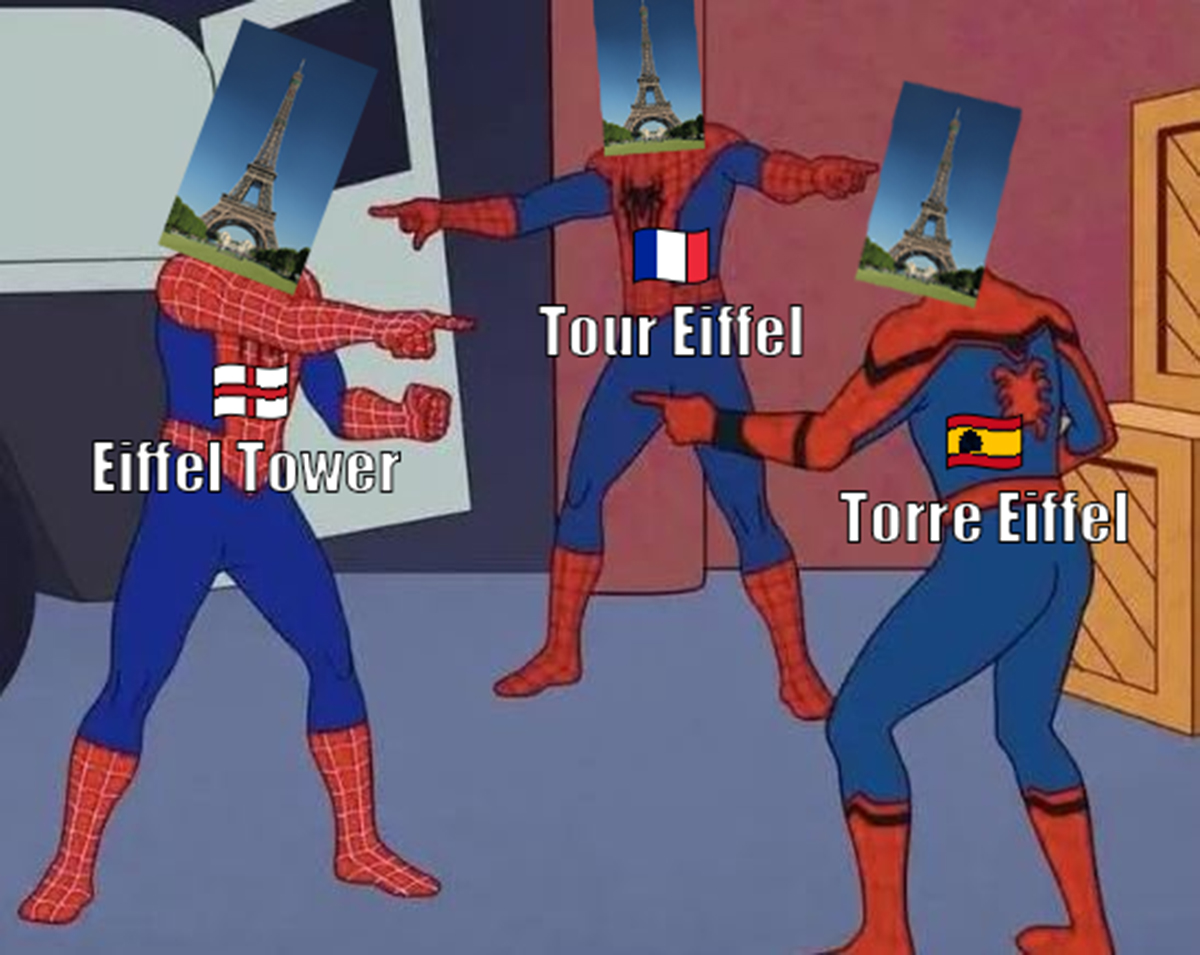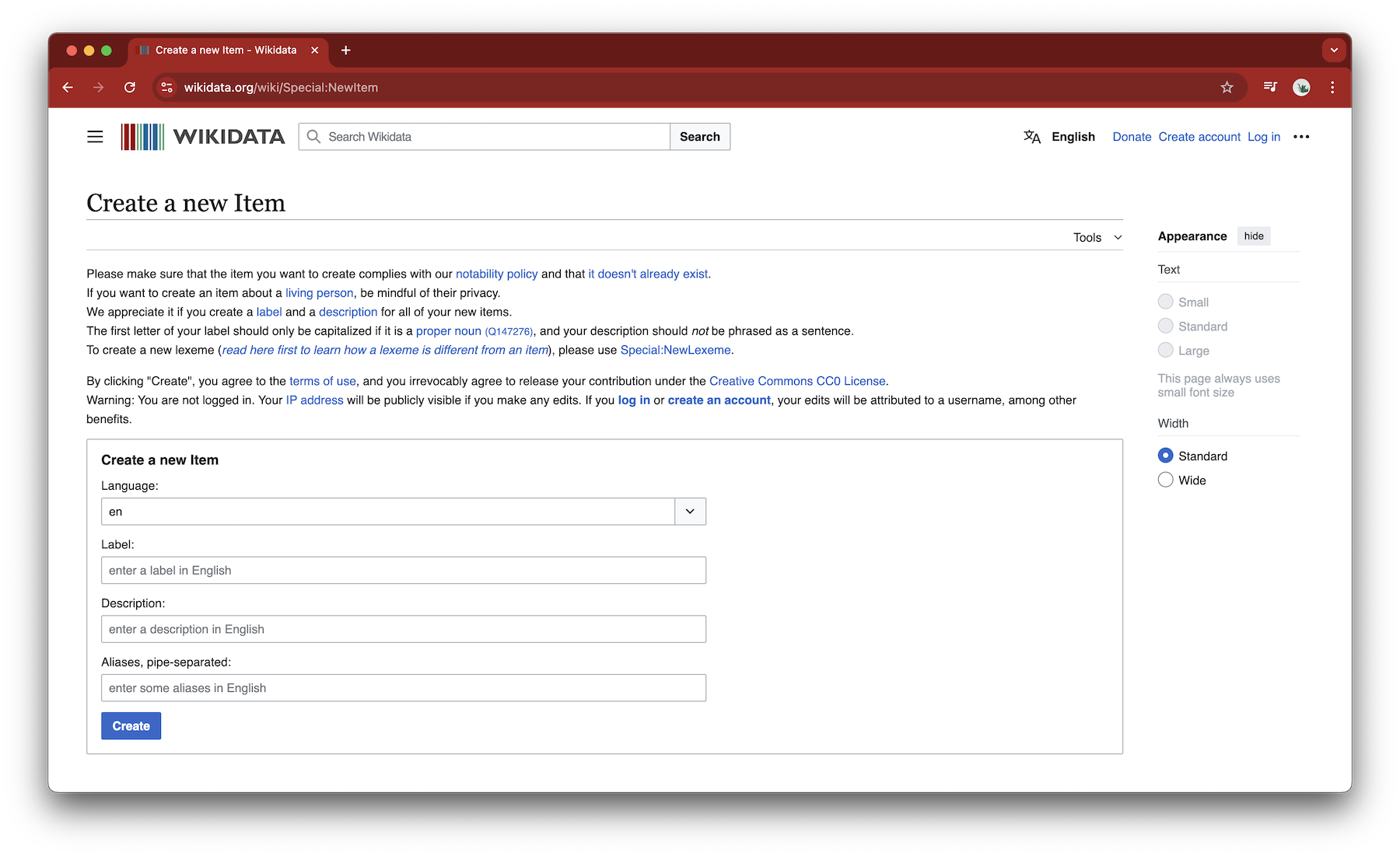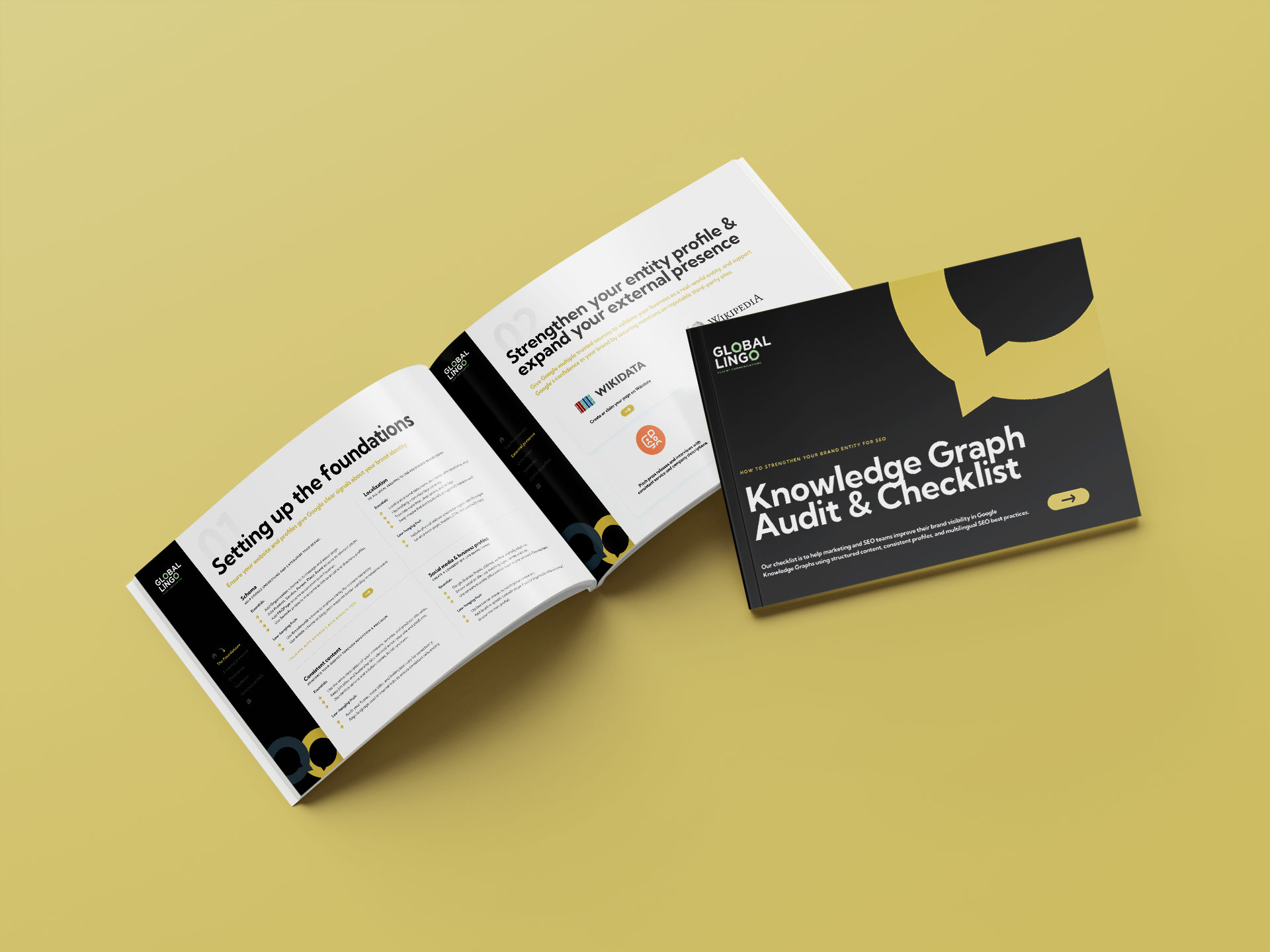If you manage a global website, you know how complex international SEO can be. Different languages, cultural nuances, and ever-changing search algorithms make it challenging to maintain consistent visibility worldwide. It’s easy to feel overwhelmed when your content strategy that worked in one country falls flat in another. This is where entity SEO comes in.
In this guide, we’ll demystify entity-based SEO and show how it can empower your international SEO strategy. You’ll learn what entity SEO means (and how it differs from traditional keyword-focused SEO), why it’s crucial for global companies, and how to incorporate it into your content plan. By the end, you’ll have a roadmap for using entities and knowledge graphs to improve your multi-language search rankings and user engagement.
What is entity SEO?
Entity SEO is the practice of optimizing your content around entities. The real-world people, places, things, or concepts that your keywords represent, rather than around specific keyword phrases. In SEO terms, an entity is a distinctly identifiable thing or idea (a person, a landmark, a brand, etc.) that search engines recognize and understand. Essentially, entity SEO shifts the focus from strings of text to the meaning behind those strings.
Unlike keywords, entities have defined relationships and attributes. Google’s algorithms use those relationships to determine context. This means when you search ‘Tom Cruise Films’, Google knows Tom Cruise is an actor, and he stars in multiple films. The search result can now use a multimodal delivery method to best answer your query, listing:
- Films names
- Film cover posters
- The film release dates (usually from most to least recent)
- The option to be further broken down by genre
 Additional resources for better understanding entities
Additional resources for better understanding entities
- ‘Introducing the Knowledge Graph: things, not strings’, Google, 2012
- ‘Understanding Knowledge Graphs’, Global Lingo, 2025
- ‘Entities In SEO: What Are They And Why Do They Matter?’, Search Engine Journal, 2024
- ‘Google Knowledge Graph Search API’, Google, (Last Updated) 2024
Entities & localization
Understanding this in an international context begs the question: Are entity translations incorporated into the same entity, or are they separate entities?
The answer is… complex…
When localization is part of a single entity
For universal entities (e.g. the Eiffel Tower, Coca-Cola, World Health Organization):
- There is one underlying entity, with multiple localized labels (names, aliases, descriptions).
- Google and systems like Wikidata recognize these different labels as pointing to the same entity ID.
Example
The entity ‘Eiffel Tower’ might be:
- Eiffel Tower (English)
- Tour Eiffel (French)
- Torre Eiffel (Spanish)
… but they all resolve to the same entity ID in Google’s Knowledge Graph or Wikidata: Q243. So in this case: localizations are embedded within the same entity.

When localized entities are treated as distinct
For brands, products, or culturally-specific concepts, localization sometimes creates separate entities, especially if:
- The product or brand name changes significantly across markets.
- The localized version has unique attributes, services, or positioning.
- There are legal or operational distinctions (e.g. different legal entities).
McDonalds Samoa is cited as the world’s most remote McDonalds. You’re likely not looking for the unique Samoan McDonalds menu, when your search the term ‘McDonalds Menu’. Google can determine your location and provide the menu from a McDonalds local to you, in an attempt to best suit your search needs.

Image Credit: McDonald’s Apia
How Google handles this
In order to understand the landscape of the 500+ billion entities in its Knowledge Graph, Google attempts to:
- Consolidate entities across languages when it’s clear they refer to the same thing.
- Differentiate when localization introduces a meaningful semantic distinction
(e.g. different operating company, list of services, or target audience).
You can guide Google using:
- sameAs structured data to link local pages back to the main entity
- Consistent schema, Wikidata entries, and brand messaging across markets
- Hreflang and canonical tags for technical clarity
Why entity SEO matters for global companies
For global companies with international websites, entity-based SEO is especially powerful. When you operate across multiple countries, you want to ensure search results are localized to your specific target markets. Entity SEO helps to ensure that all your local content points to the same central entities and is filtered depending on user needs.
Take, for example, a (hypothetical) international fine art dealer, ArtX. Their London gallery offers three services:
- Art valuation for insurance and estate planning
- Private art sales and acquisitions
- Collection management and conservation advisory
In contrast, their Paris branch provides only two of these:
- Art valuation
- Private sales and acquisitions

Without entity SEO, these differences might confuse search engines: is ArtX London the same brand as ArtX Paris? Are these service variations meaningful or just duplicate content? By using structured data and clear entity relationships, ArtX can signal that both locations are part of the same brand, while clarifying service availability per region. This helps Google present accurate, localized results — and ensures users find the right service in the right market.
It’s useful for International SEO’s to understand the distinct localization contexts and entity relationships at play. Recognizing when local variations should reinforce a single global entity versus when they represent genuinely different entities. This is essential to structure content, schema, and internal linking to best serve your target audiences.
AI Search and future-proofing your business
It’s worth noting that entity understanding is foundational for the future of search. With the rise of voice search and AI-powered search (like Google’s Multitask Unified Model and generative AI answers), the focus is even more on meaning and context. Users might ask complex questions (“What companies like X offer sustainability consulting in Asia?”) and search engines will rely on their knowledge graphs and entity data to respond. By investing in entity SEO now by structuring your content for machine understanding, you will be future-proofing your SEO for these emerging technologies.
5 Common mistakes in international entity SEO
Implementing entity SEO across multiple markets is not without its pitfalls. Here are some common mistakes global companies make, and why they hurt your SEO:
- Inconsistent Brand Names or Messaging: Refrain from using different names, acronyms, or taglines for your brand in each language. For example, if your company is called ‘Global Lingo’ but your Japanese site shortens it to ‘GLingo’, Google might not immediately realize both instances refer to the same entity. Inconsistency in brand naming or descriptions across languages can fragment your entity’s presence.
- No Structured Data Markup: Don’t neglect structured data across your website. Many companies forget to add basic schema like Organization, Website, Product, or Article markup on their international sites. Without schema, you’re missing a direct channel to tell search engines about the entities on your page. For instance, marking up your CEO’s name with Person schema or your product with Product schema provides clear entity signals. If you skip this, Google must work harder to infer facts about your business, and it might get them wrong or overlook them.
- Outdated or Incomplete Online Profiles: Make sure to keep Google Business Profiles, social media, and directory listings up to date in each market. Remember, Google corroborates information across the web. If your profiles are inconsistent or stale, it’s a missed opportunity (and sometimes a red flag) for entity verification.
- Conflicting Regional Content: You should refrain from allowing different regional teams to publish content that contradicts each other. This might happen with product names, service descriptions, or even factual info like number of employees or mission statements varying by country site. If, say, your US site says “Global Lingo was founded in 2006” and your UK site says “Global Lingo has been operating since 2005 in London,” search engines see conflicting founding dates. They won’t know which is correct. Always align factual content across regions (and if there’s a genuine reason for discrepancy, clarify it in the content).
- Ignoring Knowledge Bases (Wikidata/Wikipedia): Many international companies overlook the importance of creating a Wikidata item or Wikipedia page for their brand or key figures. These sources feed directly into Google’s knowledge graph. Ignoring them is a mistake. Likewise, not monitoring what those entries say can be harmful. For example, if Wikipedia lists an old CEO, that’s what will could up in knowledge panels. Not engaging with these public databases means forfeiting control over a significant part of your entity information.
7 Best practices for implementing international entities at scale
Building a strong entity-based SEO foundation across dozens of pages and multiple languages can be complex. Here are some best practices to help implement your international entity SEO strategy at scale:
1: Standardize your brand identity

Ensure your company’s name, tagline, and boilerplate description are uniform across all languages (with appropriate localizations where needed). If your official name is Global Lingo, use that consistently. Minor variations can confuse users and algorithms. The same level of consistency also applies to logos and images. Use the same or equivalent media so that image searches and knowledge panels show a unified brand. When updating your brand, make sure to update logos to maintain consistency across social media accounts, your company website, directory listings, and organization schema.
2: Translate and localize schema markup
Deploy structured data on each site in the local language. For example, on your German site use Organization schema (German spelling) if possible, and on the French site use Organization schema with French details.
Many schema types (Organization, Product, FAQ, etc.) can and should be localized. This tells Google that each site is an extension of the same entity, just presented in a different language. Include key properties like your business name, logo, description, founding date, headquarters, and sameAs links (to your social media or Wikidata) in schema on each regional site.
3: Implement hreflang and canonicals correctly
Hreflang tags are crucial for international SEO. Use them to link pages with equivalent content in different languages, so Google understands they are variants of the same page for different locales. This prevents duplicate content confusion and ensures users see the result in their language. At the same time, maintain a logical canonical structure. Usually each page canonicalizes to itself (since it’s the primary version for its language), but also consider a canonical strategy if you have additional international versions.
4: Build a robust Wikidata entry
 Create a detailed Wikidata entry for your company (and your key products, services, and people, if relevant). Populate it with multilingual labels and descriptions. Wikidata allows you to specify names in multiple languages, which is perfect for a global entity. Include your official website, social media profiles, industry, and other pertinent attributes. Google often cross-references Wikidata for confirmation. A well-maintained Wikidata item can boost your presence in the Knowledge Graph significantly.
Create a detailed Wikidata entry for your company (and your key products, services, and people, if relevant). Populate it with multilingual labels and descriptions. Wikidata allows you to specify names in multiple languages, which is perfect for a global entity. Include your official website, social media profiles, industry, and other pertinent attributes. Google often cross-references Wikidata for confirmation. A well-maintained Wikidata item can boost your presence in the Knowledge Graph significantly.
5: List your business in trusted directories
Besides global platforms like Wikipedia and Wikidata, ensure you’re present in respected industry or local directories in each market. Consider importance of the directory brands in each of the regions you serve.
6: Use internal linking to highlight entities
On your website(s), use internal links strategically to create semantic connections. For instance, if you mention a product name (entity) in a blog post, link it to the product page. If you reference your CEO in a news article, link to the leadership bio page. These internal links act like pointers, helping search engines understand which pages are about which entities. They also help users navigate to in-depth information.
7: Develop content hubs for key topics
Identify the core topics relevant to your business (for example, key services, industries, or trends you want to be known for). Then, build content hubs around each, such as a flagship piece (pillar content) and supporting pieces that delve into subtopics. Finally, localize your content to maximize regional relevance.
By comprehensively covering a topic and interlinking those pages, you demonstrate topical authority. This can improve your rankings for related queries and even earn your brand a mention in knowledge panels for those topics.
Download our knowledge graph checklist
 Check out our recent article for more insight in how Google Knowledge Graphs work. Additionally, download our free knowledge graph checklist to ensure you’re following best practice for your business.
Check out our recent article for more insight in how Google Knowledge Graphs work. Additionally, download our free knowledge graph checklist to ensure you’re following best practice for your business.
How Global Lingo can help
Getting entity SEO right at an international scale takes more than just translation. It requires a strategy that connects your content across markets, aligns your brand messaging, and helps search engines understand how everything fits together. Our international SEO services combine native linguists in over 150 languages with technical SEO experts & strategists who can implement structured data, hreflang tags, and on-page optimization tailored to local search behaviors.
Whether you’re auditing existing content or rolling out new multilingual pages, we’ll help you maintain consistency across every touchpoint. From aligning terminology to applying schema markup correctly, we make sure your global presence supports a single, trusted entity online. To get started, download our free International SEO Entity Optimization Checklist, or contact our team for a tailored consultation.